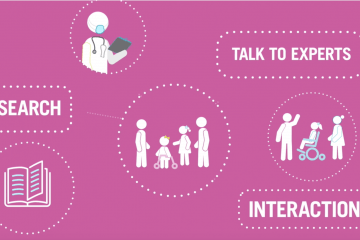What is Spasticity?
Spasticity is a condition of muscles that is a velocity resistance to stretch. What that means to a child and to a parent is that if you move the limb slowly, you have a difference than if you move that limb fast. Spasticity restricts movement and it creates a break on the system. It's as if they're trying to move, but they're held back. By treating spasticity, you may improve the range of motion or the action of the movement.
For a clinician who is identifying and trying to manage or treat spasticity, it's important to be very precise in recognizing the difference between spasticity versus other hypertonic syndromes.
Spasticity may vary throughout the lifespan, especially in a growing child where the muscles are lengthening, the impact of the spasticity may be greater and lead to orthopedic contractures. In adults, that spasticity may lead to difficulty in positioning and pain. And so the goal of treating the spasticity is very important to identify.
Spasticity is a team sport. You need to have a group of involved parents, involved therapists and physicians working to identify the goals. The groundwork is set by the physical therapist, and there may be various options that are provided for your child or for yourself.
Options for treatment from a medical standpoint:
-
Oral medications
-
Injectable medications: such as the botulinum toxins or other nerve blocks.
-
Neurosurgical procedures: including rhizotomy, as well as intrathecal baclofen pump.
In the future, there may be other options that will be open to creating a more favorable environment for the muscles.
I think with a well-planned program, you will maximize the muscle, maximize life experiences and maximize activity.
"Spasticity is a condition of muscles that is a velocity resistance to stretch."





